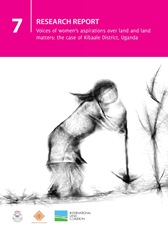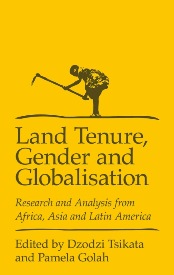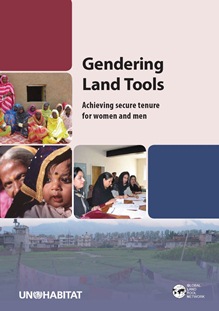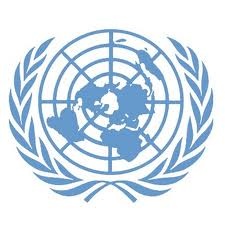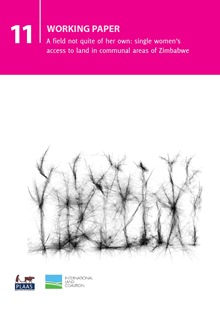Voices of women s aspirations over land and land matters: the case of Kibaale District, Uganda
This study documents women’s aspirations in relation to land in Kibaale district, Uganda. The study was designed to identify the gaps between those aspirations and the current reality, the actions required for their achievement, and the implications of those actions. Based on qualitative methods of data collection and analysis, information was gathered from 60 women belonging to the two villages, Nyanacumu and Kanywamiyaga, in the sub-county of Muhorro in Kibaale district. Researchers used appreciative inquiry, participant observation, narratives, focus groups, photos and video recording.

